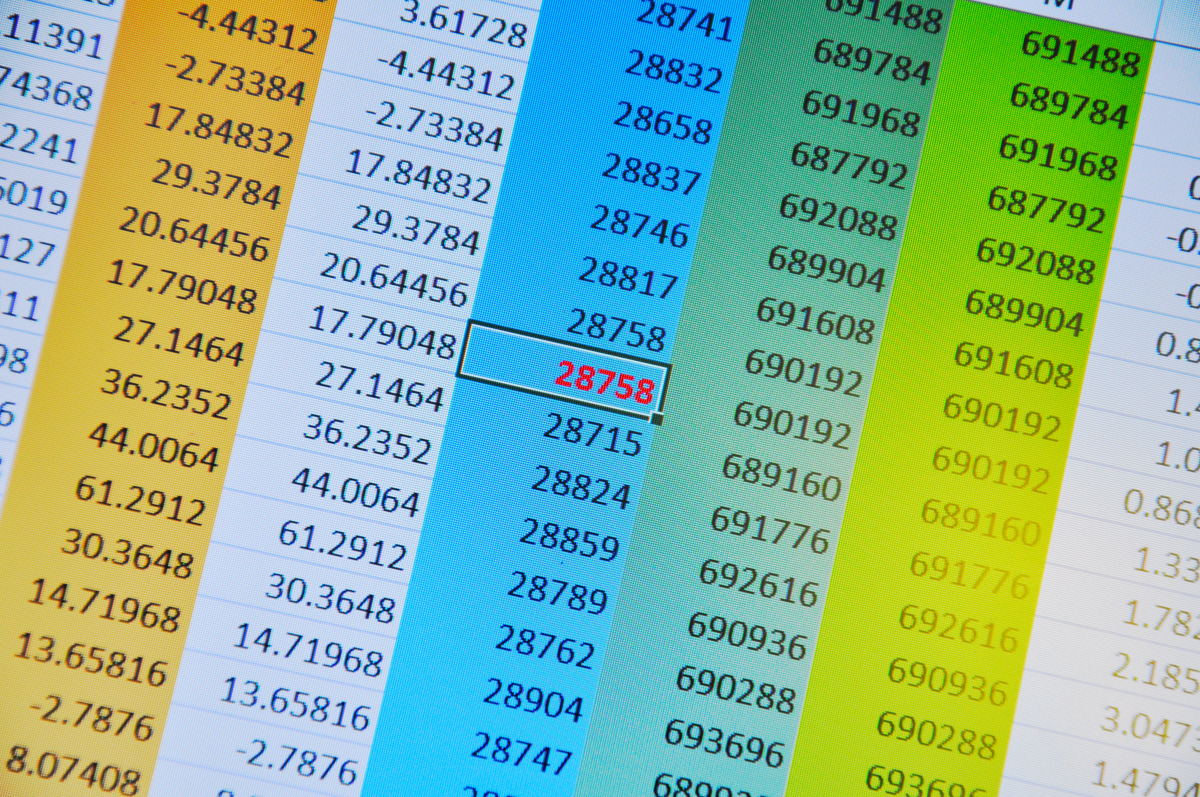Why does so little change in the spreadsheet?
Loved or hated – there’s not much in between in Excel, Numbers and Calc. On October 17th, International Spreadsheet Day, we ask: Where is the innovation and why are these programs so polarizing?
Office programs are rarely subject to entertainment tax, but this is especially true for spreadsheets. There is hardly a type of software in which so little has changed in the last 20 years as in spreadsheet solutions. Anyone who recently worked with Excel 97 will find their way around the current Excel version without any problems (apart from the sometimes questionable context-sensitive menus). Even Karl Klammer is more or less back.
But why is it that, for example, the table preparation in the form of graphics is still so basic, the formatting of the cells lacks any intuitive operation and thinks so little that Excel makes it into the headlines at best with small scandals? The processing of numbers in graphics could be much more stylish and stylish than has been the case up to now. And the collaboration functions, such as those offered by Office 365 or Google Docs and Tables, still have plenty of room for improvement. Last but not least, we have been talking about big data and data-driven processes across all industries for years, which provide a steadily growing number of data points. Just the good (?) Old Excel, that has hardly changed and does less and less justice to it.
Now the office programs – regardless of whether it is Calc, Excel or Numbers – are more evolutionary than revolutionary anyway and there are also few people who rave about them or even organize their private life with these tools. The discussion among colleagues has shown that this type of program is either found to be extremely boring (many) or is downright raved about it (a few). After all, we’ve learned that there is actually a Excel world championship there and that interested parties can still register.
But it doesn’t have to be that spreadsheets are so unintuitive. Because what Prezi has brought for the presentation programs is almost completely missing in the context of spreadsheets. Tables that draw attention to patterns using artificial intelligence and machine learning, point out abnormalities and possible errors, enable quick and clear processing even with larger amounts of data and, last but not least, use a large file to predict what the user could find out.
That means: Yes, a little something has happened on the front of the table, and there are obviously plenty of ideas. For example, there is Rows, a Berlin startup that wants to compete with the classic Excel with automation and integration of external data sources and has received at least 16 million US dollars in capital for this. That concept shows where the journey could and should go: Collaboration and integration of dynamic amounts of data from web services and applications from Slack to Asana, from Linkedin to Twitter. Combined with a no-code approach, which also enables non-developers to implement all of this without much prior knowledge.
The only question that arises is why Microsoft, in particular, did not manage to do this at least five years ago and why it only seems to be half-heartedly tinkering with its Office applications. Or why the teams behind Libreoffice and Openoffice prefer to hide behind an Excel clone and lookalike instead of driving innovation forward on their own. In any case, it is clear that there is still plenty of potential and room for improvement – how about Microsoft, Apple and Co?
And with that in mind: Happy World Spreadsheet Day!



